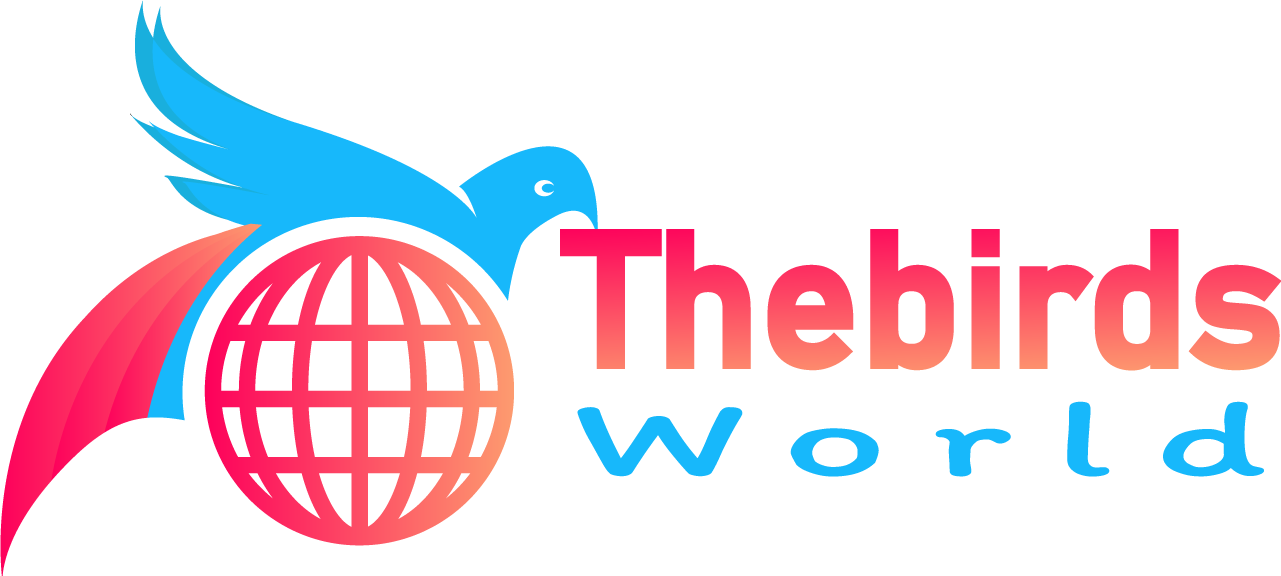Burrowing Owl Length
Owls are remarkable birds, especially long-legged owls that hunt on the ground during the day. The burrowing owl (Athene cunicularia), also known as the shoco, is a small, long-legged owl found across North and South America’s open landscapes.
Burrowing owls are small, unusual owls that build their nests underground rather than in trees. It is active both during the day and at night, hunting primarily for insects and small mammals. It stands erect and abruptly bows down when agitated.
Burrowing owls are among the smallest owls, with lengths ranging from 19-28 cm (7-11 in) and an average height of 9 inches (23 centimeters). Female Burrowing owls are much smaller than males, which is quite unusual.
| Length in Centimeters | Length in Inches | Length in Feet | |
| Burrowing Owl | 19-28 cm | 7-11 in | 0.62-0.91 ft |
Burrowing Owls have a very small body size, however, they do have very long legs which increases their overall height.
Burrowing Owl Weight
Burrowing owls are among the smallest owls, with adults smaller than pigeons. These owls, unlike most other owl species, are active both during the day and at night, primarily searching for prey. Their diet changes according to the season and where they live.
Unlike other owls, Burrowing Owls are most active at dawn and dusk, but some owls hunt at any time of day or night.
Invertebrates and small vertebrates, such as insects, birds, and mammals, are eaten by Burrowing Owls. Burrowing owls weigh about 140-240 g. (5–8 oz).
| Weight | Grams | Pounds |
| Burrowing Owl | 140-240 g | 5–8 oz |
However, female Burrowing owls are larger than their male counterparts in terms of weight.
Burrowing Owl Wingspan
One of the most distinctive features of birds is their wings. Burrowing owls have sandy-colored heads, backs, and upper parts of their wings, and their underparts are heavily spotted with whites and buffs. Burrowing owls frequently fly with jerky, irregular wing beats, and frequent long glides.
However, despite the fact that this bird can fly and does migrate in some areas, the Burrowing Owl is often considered a less efficient flyer than other owls due to the fact that they spend the majority of their time on the ground.
Juveniles, unlike adults, have unmarked buffy bellies, a buffy wing patch, and mostly unmarked brownish upper parts. Adult Burrowing Owls have wingspan of about 50.8-61 cm (20–24 in).
| Wingspan in Centimeter | Wingspan in Inches | Wingspan in Feet | |
| Burrowing Owl | 50.8-61 cm | 20–24 in | 1.67-2 |
Burrowing Owl Clutch Size
The nesting season for Burrowing owls lasts from February to August. These birds’ eggs are laid and incubated by female Burrowing owls for 8 to 30 days.
As the name implies, these birds dig deep burrows and build nests in them to lay eggs. They also build their nests in open areas in burrows dug by other animals such as ground squirrels.
Their nesting period lasts approximately 44-53 days, after which the females lay their eggs in clutch sizes ranging from 2 to 12 eggs per year.
Burrowing Owl eggs are about 1.2-1.3 in (3-3.4 cm) long and 1.0-1.1 in (2.5-2.8 cm) wide after they have been laid.
| Incubation period | 8 to 30 days |
| Nesting period | 44-53 days |
| Clutch size | 2 to 12 eggs per year |
| Length of the egg | 1.2-1.3 in (3-3.4 cm) |
| Width of the egg | 1.0-1.1 (2.5-2.8 cm) |
Burrowing Owl Size Comparison To Human
Humans are one of the most advanced species and are among the top most predators. While we are quite different from birds, we still share some features in common.
The one thing that quite distinctly sets them apart from us is their wings. Unlike us, birds like the Burrowing owl can fly high in the sky. Also, owls have a very strong night vision that we do not have.
So, if we compare these birds with humans we can look at their size differences. The burrowing owl is 19-28 cm (7-11 in) long, has a wingspan of 50.8-61 cm (20-24 in), and weighs 140-240 g. (5–8 oz).
An average human adult stands between 5.5-5.9 feet tall, has an arm span of less than 2 meters, and weighs between 60 and 80 kilograms (132-176 lbs).
Humans are quite bigger than Burrowing Owls in terms of both height and weight.
Burrowing Owl Size Vs Elf Owl Size
The elf owl is a small grayish-brown bird the size of a sparrow that can be found in the southwestern United States, central Mexico, and the Baja California peninsula. The Elf Owl is also one of the world’s tiniest raptors.
Baby elf owls can fly when they are four to five weeks old, which is unusual. Elf Owls, like other owls, fly quietly. Softened feathers on the front edges of their wings muffle the sound of their wing beat to avoid scaring their prey.
In comparison to the Burrowing Owl, the Elf Owl is very small in terms of size. The Elf Owls stand 4.7-5.5 in (12-14 cm) tall, weigh 1.2-1.9 oz (35-55 g), and have a wingspan of 27 cm (10.5 in) or 0.8 feet.
| Birds | Height | Weight | Wingspan |
| Burrowing Owl | 19-28 cm (7-11 in) | 140-240 g. (5–8 oz) | 50.8-61 cm (20–24 in) or 1.67-2 feet |
| Elf Owl | 4.7-5.5 in (12-14 cm) | 1.2-1.9 oz (35-55 g) | 27 cm (10.5 in) or 0.8 feet |
Burrowing Owl Vs Screech Owl Size
There are several kinds of Screech Owls like the Western and Eastern Screen Owls and even the Whiskered Screech Owls.
The eastern screech owl, Megascops asio, is a small owl that can be found from Mexico to Canada in Eastern North America.
Talking about the size, The Eastern Screech owl measures 6.3-9.8 in (16-25 cm) in length and weighs 4.3-8.6 oz (121-244 g).
An Eastern Screech Owl’s wingspan can range from 46 to 61 cm (18 to 24 in) or 1.5 to 2 feet. Female Screech Owls, like Burrowing Owls, are larger than males.
| Birds | Height | Weight | Wingspan |
| Burrowing Owl | 19-28 cm (7-11 in) | 140-240 g. (5–8 oz) | 50.8-61 cm (20–24 in) or 1.67-2 feet |
| Screech Owl | 6.3-9.8 in (16-25 cm) | 4.3-8.6 oz (121-244 g) | 46 to 61 cm (18 to 24 in) or 1.5 to 2 feet |
The size and wingspan of the Screech Owls may vary between the Eastern and the Western ones.
Burrowing Owl Vs Bald Eagle Size
Other than owls, one of the most interesting birds of prey is the eagle. The bald eagle, or Haliaeetus leucocephalus, is a bird of prey found in North America.
Eagle wings are built for gliding and soaring in warm air updrafts. Eagle wings are extremely strong and powerful, with passive soaring capabilities.
The wings of an eagle are a marvel of lightweight design, allowing them to fly for hours without even flapping them. Long slotted feathers that can separate allow air to flow smoothly and prevent stalling when flying at slower speeds.
The Bald Eagle has a massive height of about 27.9-37.8 in (71-96 cm) and weighs 105.8-222.2 oz (3-6.3 kg). It is a massive seabird. Their wingspan is between 5.11-7.7 feet.
| Birds | Height | Weight | Wingspan |
| Burrowing Owl | 19-28 cm (7-11 in) | 140-240 g. (5–8 oz) | 50.8-61 cm (20–24 in) or 1.67-2 feet |
| Bald Eagle | 27.9-37.8 in (71-96 cm) | 105.8-222.2 oz (3000-6300 g) | 5.11-7.7 feet. |
The Bald Eagle is 20 times larger in weight than the Burrowing Owl!
Conclusion
And that was everything you need to know about the size of a burrowing owl. I hope this article was informative enough and you got something useful from it.
Thank You For Reading!
Related Articles You May Like


